| English / French | Mi’kmaw | Definition |
|---|---|---|
| Restigouche | Listuguj (Listukuj) | The place of the fallen decaying tree |
| Eel Ground | Natoageneg (Natuaqnik) | Eel spearing place |
| Pabineau Falls | Ke’kwapskuk | High Falls |
| Eel River Bar | Ugpi’ganjig (Oqpi’kanjik) | Foaming waters |
| Red Bank | Metepenagiag (Metepna’kiaq) | High Bank |
| Burnt Church | Esgenoôpetitj (Skno’pitij) | Lookout Point |
| Big Cove | Elsipogtog (L’sipuktuk) | River of Fire (Big Harbour) |
| Bouctouche | Tjipogtotjg (Kjipuktujk) | Little Harbour |
| Indian Island | Lno Minigo (L’nu Mniku) | Spiritual Grounds |
| Fort Folly | Amlamgog (Amlamkuk Kwesawe’k) | Delta |
Now look at the map underneath of Indigenous communities in New Brunswick. See if you can identify the Mi’kmaw communities along the coastline. From the chart above, read the names of the original communities. What do these descriptions tell you about why these communities were named the way they were? Try having the class make their own map legend to show these physical descriptions. Using the following photos of the Restigouche River, place the class into groups to write a short description of what they see in each picture. Then have the whole class compare and contrast differences in their group descriptions. Make a class map legend for the description they agree with the most. Show the New Brunswick map on the SMART Board. Have students place this legend on the map of N.B. below where they think the Restigouche River would be located.
Indigenous communities in New Brunswick
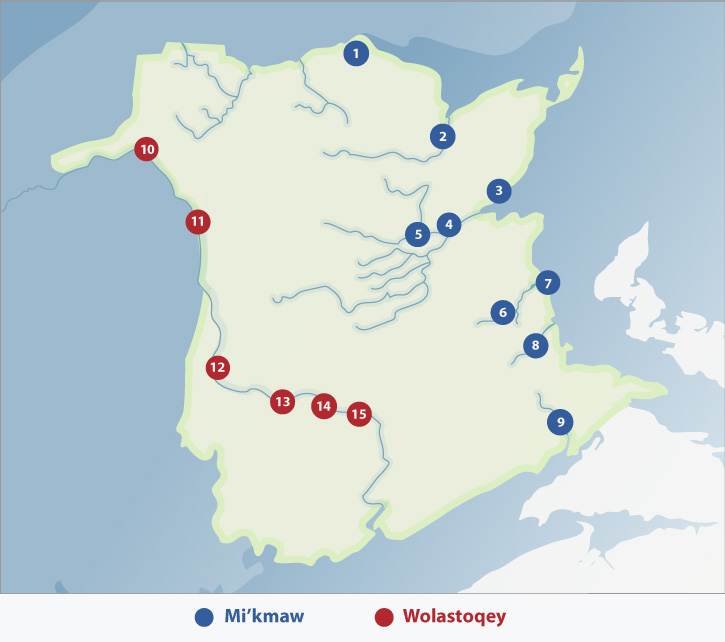
| English/French | Francis-Smith system | Pacifique system | |
|---|---|---|---|
| 1 | Eel River Bar | Ugpi’ganjig | Oqpi’kanjik |
| 2 | Papineau | Ke’kwapskuk | |
| 3 | Burnt Church | Esgenoopetitj | Skno’pitij |
| 4 | Eel Ground | Natoageneg | Natuaqnik |
| 5 | Red Bank | Metepenagiag | Metepna’kiaq |
| 6 | Big Cove | Elsipogtog | L’sipuktuk |
| 7 | Indian Island | Lno Minigo | L’nu Mniku |
| 8 | Bouctouche | Tjipogtotjg | Kjipuktujk |
| 9 | Fort Folly | Amlamgog | Amlamkuk Kwesawe’k |
| English/French | Wolastoqey Latuwewakon | |
|---|---|---|
| 10 | Madawaska | Matawaskiyak |
| 11 | Tobique | Neqotkuk |
| 12 | Woodstock | Wotstak |
| 13 | Kingsclear | Pilick |
| 14 | St. Mary’s | Sitansisk |
| 15 | Oromocto | Welamukotuk |
Restigouche River
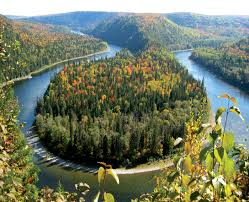
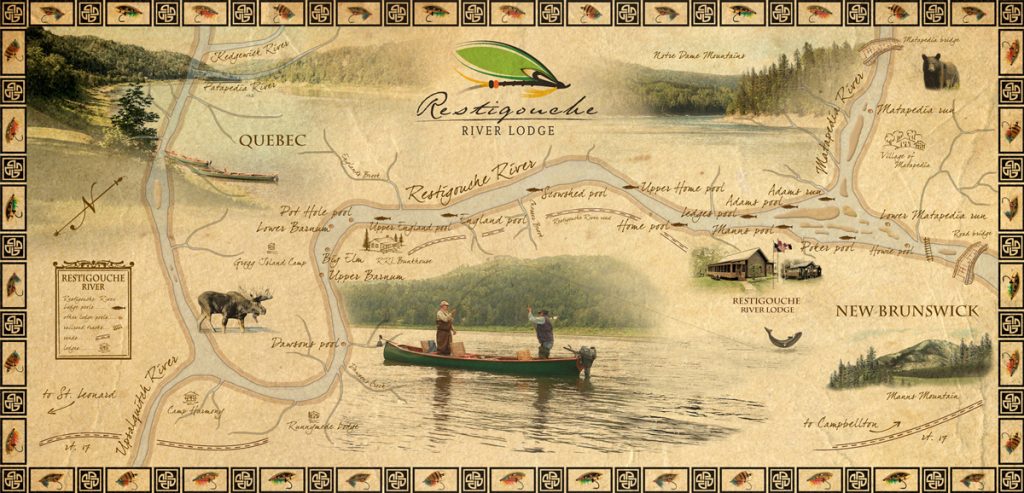
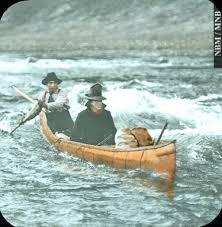
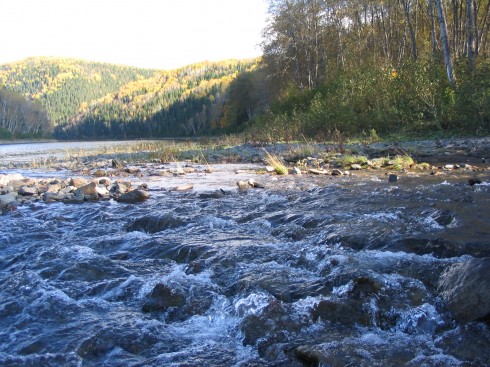
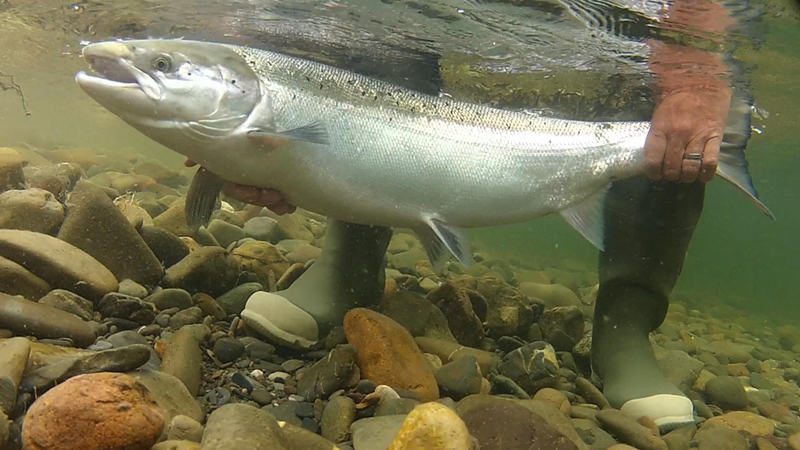
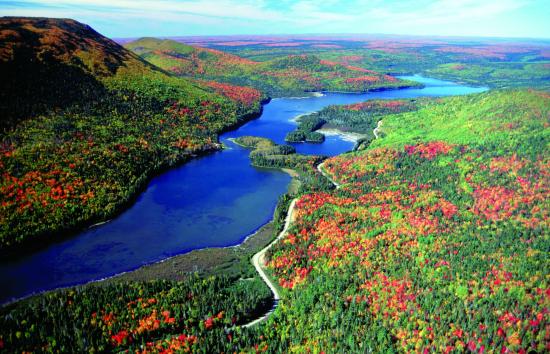
Left to right:
- http://cpaws.org/blog/nature-at-home
- http://www.restigouchelodge.com/our-water
- Tom Ferguson’s Rapids, Restigouche River with Birchbark Canoe Coming Through-New Brunswick Museum W. Albert Hickman about 1900.
- http://themaritimeexplorer.ca/2014/02/06/three-days-on-the-restigouche/
- https://www.restigouchelodge.com/a-great-photo-of-a-nice-atlantic-salmon-landed-by-greg-heister
- https://www.tripadvisor.ca/LocationPhotoDirectLink-g154956-i161151729-New_Brunswick.html




